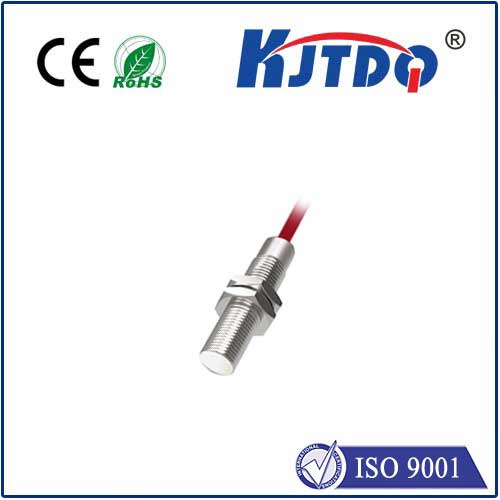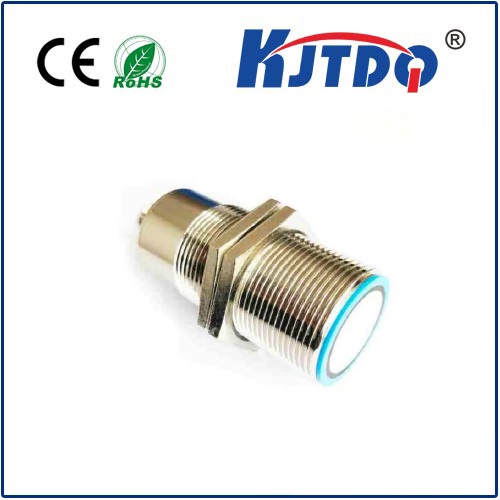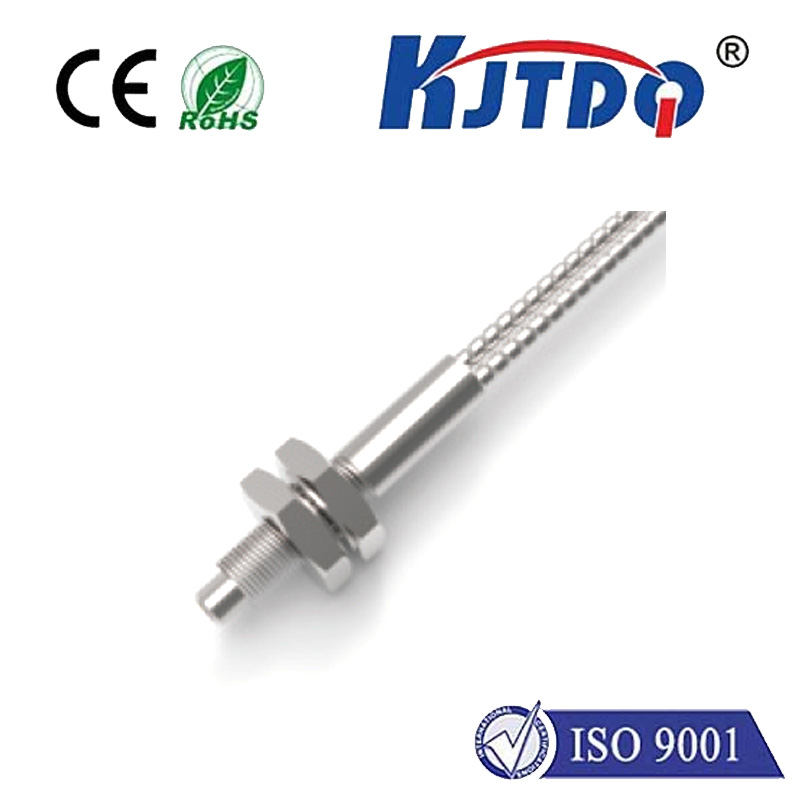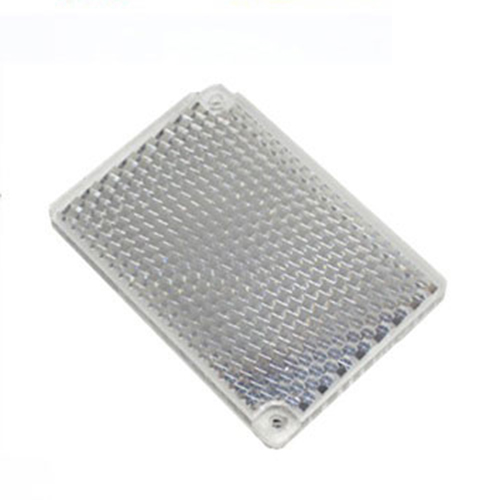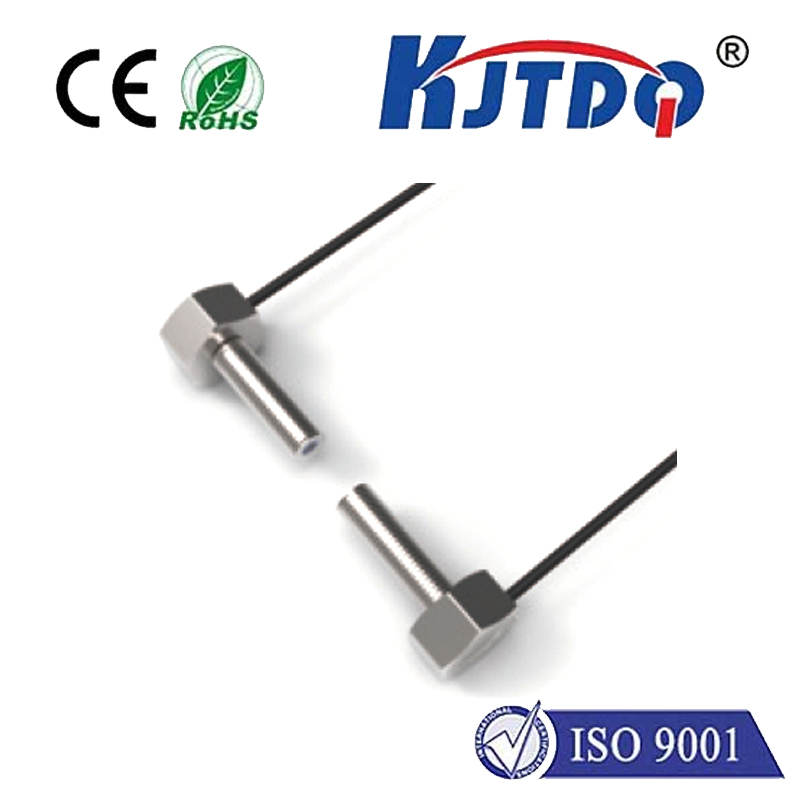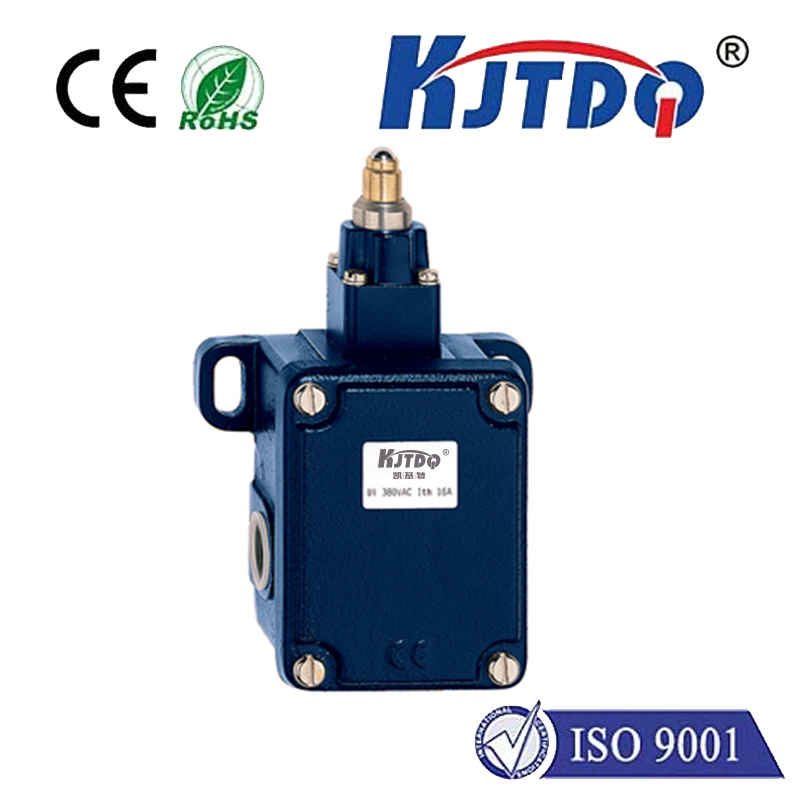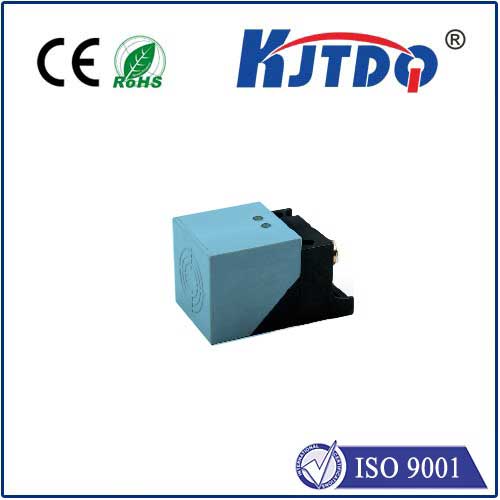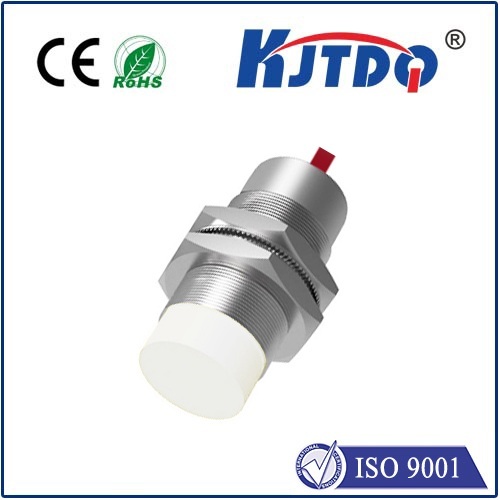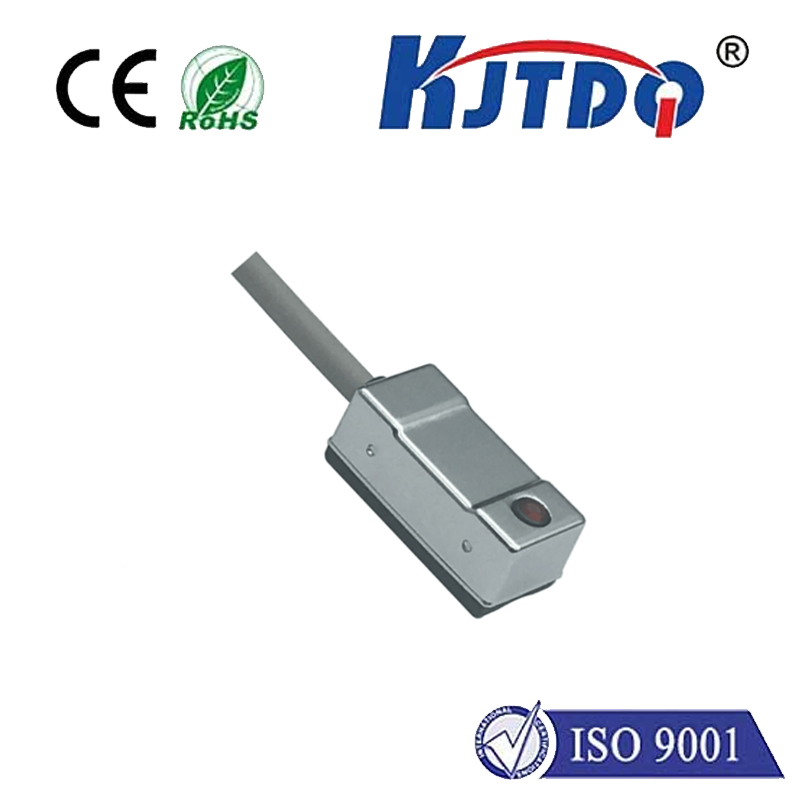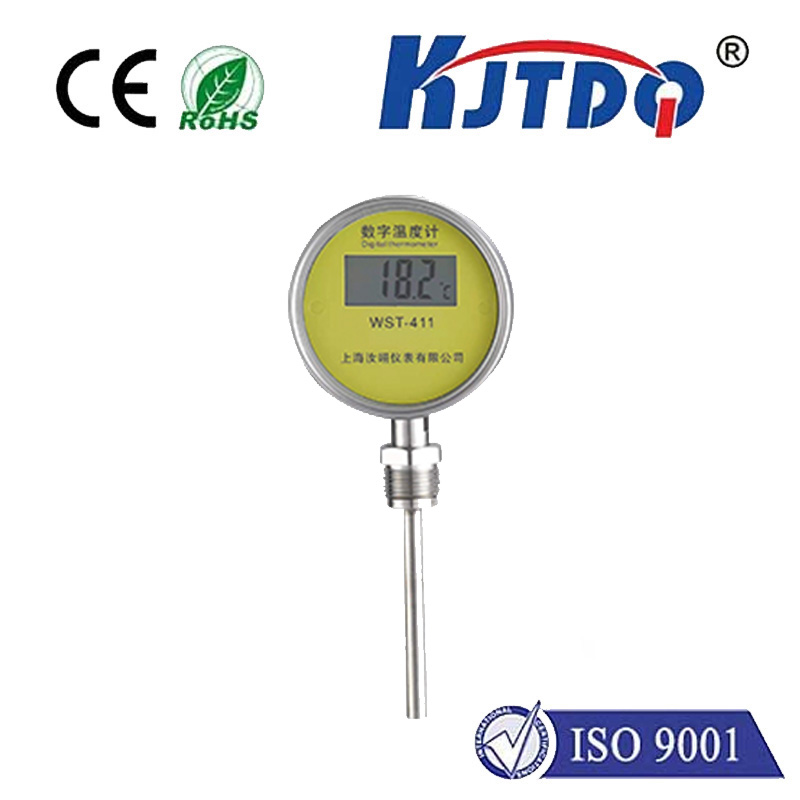kegunaan proximity sensor
- time:2025-07-12 02:13:47
- Click:0
The Essential Guide: What Are Proximity Sensors and Where Are They Used?
Ever wondered how your smartphone screen magically turns off when you hold it to your ear during a call? Or how factory robots seamlessly assemble products without crashing into components? Or how modern cars warn you about objects lurking in that tight parking spot? The unsung hero enabling these feats, and countless others, is the proximity sensor. These remarkable devices work silently, detecting the presence or absence of objects nearby without any physical contact, fundamentally changing how machines interact with the physical world. Understanding their kegunaan proximity sensor – their diverse and critical uses – reveals just how integral they are to our increasingly automated and smart environment.
Core Function: The Power of Non-Contact Detection
At their heart, proximity sensors are all about sensing presence, absence, distance, or position within a defined range. They achieve this through various physical principles:
- Inductive: Detect metallic objects using electromagnetic fields. Ideal for harsh industrial environments.
- Capacitive: Detect a wide range of materials (metals, plastics, liquids, powders) by measuring changes in capacitance. Great for level detection or touch interfaces.
- Ultrasonic: Emit sound waves and measure the echo return time to calculate distance. Works well with various materials and in dusty environments.
- Optical (Photoelectric): Use light beams (visible, infrared, laser) to detect objects. Can sense long ranges or very small objects.
- Magnetic: Detect the presence of permanent magnets. Often used for simple position sensing.
This inherently non-contact operation is their defining superpower. It eliminates mechanical wear and tear, provides high reliability, enables incredibly fast detection speeds (critical in high-speed machinery), allows use in dirty or hazardous environments, and facilitates sensing delicate or easily damaged objects.

Unveiling the Diverse Uses of Proximity Sensors (Kegunaan Proximity Sensor)
The uses of proximity sensors span almost every sector imaginable. Their versatility makes them indispensable:
- Industrial Automation & Manufacturing: The Backbone of Smart Factories
- Positioning & Detection: Verifying the presence, absence, or precise position of parts on conveyor lines, within robotic work cells, or during assembly processes. Is the component in place before the welding head descends?
- End-of-Travel Detection: Safely signaling when a moving part (like a piston in a cylinder) has reached its limit.
- Object Counting: Accurately tallying products passing a point on a production line or items dispensed.
- Jam Detection: Identifying blockages or misalignment on conveyors or feeders before significant damage occurs.
- Level Sensing: Monitoring levels of liquids, granular solids, or powders in tanks, hoppers, and silos (capacitive and ultrasonic types excel here).
- Speed Detection (Rotational/Tachometry): Measuring the rotation speed of shafts or detecting the presence of gear teeth.
- Consumer Electronics: Enhancing Usability and Convenience
- Smartphone Screen Management: The classic example – turning off the touchscreen display when held near the ear during a call to save power and prevent accidental touches.
- Automatic Screen Wake-up: Detecting when a user approaches (like glancing at a smartwatch or phone) to display information.
- Touchless Gesture Control: Enabling simple interactions with devices (scrolling, pausing music) without physical touch.
- True Wireless Earbuds: Detecting insertion or removal from the ear to automatically play/pause audio.
- Robotic Vacuums & Lawn Mowers: Forming a crucial part of obstacle detection and avoidance systems.
- Automotive Industry: Driving Safety and Assistance
- Parking Assistance Systems (PAS): Detecting obstacles near the vehicle bumpers during parking maneuvers, providing audible/visual warnings.
- Blind Spot Detection (BSD): Monitoring areas alongside and behind the vehicle that the driver might not see.
- Automatic Door/Trunk Opening: Enabling hands-free opening when a key fob is detected nearby (often using capacitive sensing).
- Collision Avoidance Systems: Providing input to systems designed to prevent or mitigate collisions.
- Occupant Detection: Identifying presence in seats (e.g., for airbag suppression or seat belt reminders).
- Security Systems: Adding an Invisible Layer of Protection
- Intrusion Detection: Sensing when doors, windows, or openings are breached without physical contact (often magnetic or capacitive).
- Presence Detection: Triggering lights or alarms when motion is detected within a protected area (using passive infrared - PIR - which is a specific proximity type).
- Medical Equipment: Enabling Precision and Hygiene
- Non-Touch Controls: Allowing operation of sensitive equipment (e.g., in sterile environments or imaging devices) without physical contact.
- Position Sensing: Accurately locating components within robotic surgical systems or automated diagnostic machines.
- Fluid Level Monitoring: Safely detecting levels in IV bags, dialysis machines, or other fluid delivery systems.
- Agriculture & Food Processing: Optimizing Resources and Safety
- Level Monitoring: Tanks, grain bins, food hoppers.
- Position Sensing: Automated machinery, robotic harvesters, conveyor systems.
- Object Detection: Ensuring correct positioning of packaging or products.
Key Considerations for Implementation: Beyond the Basics
Choosing the right proximity sensor isn’t just about knowing how it’s used; understanding specific needs is crucial:
- Target Object: What material is it made of (metal, plastic, wood, liquid)? Size? Shape?
- Sensing Distance: How far away does the object need to be detected? Remember to account for the sensor’s stated “nominal sensing distance” under ideal conditions.
- Environment: Exposure to temperature extremes, dust, moisture, oil, chemicals, or electrical noise? This heavily influences sensor type (e.g., robust inductive sensors for factories).
- Output Type: Does your system need a simple on/off switch signal (Digital PNP/NPN)? Analog voltage/current output proportional to distance? Or a special protocol?
- Installation & Mounting: Space constraints, required flush or non-flush mounting for inductive sensors, and physical accessibility matter.
- Response Time: How quickly does the sensor need to react? Critical for high-speed applications.
The Enduring Value: Why Proximity Sensors Remain Essential
The kegunaan proximity sensor boils down to enabling efficiency, safety, reliability, and automation. By providing fast, accurate, and non-contact detection, they:
- Increase Productivity: Streamline manufacturing processes, minimize downtime, enable high-speed operations.
- Enhance Safety: Prevent collisions in vehicles and factories, protect personnel from moving machinery.
- Improve Reliability: Eliminate problems caused by mechanical wear and contact-based switches.
- Boost Convenience: Add intuitive, touchless interactions in consumer devices.
- Drive Automation: Provide the fundamental sensory input required for robots and automated systems to perceive their environment accurately.
From the phone in your pocket to the car you drive and the factory making countless products, proximity sensors are the silent, invisible sentin












